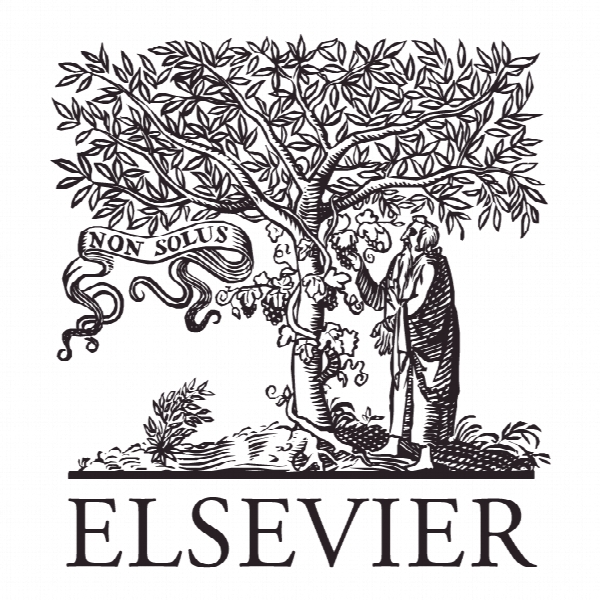یادگیری از روش OR ترکیبی: مطالعه مورد NINES Learning from mixed OR method practice: The NINES case study
- نوع فایل : کتاب
- زبان : انگلیسی
- ناشر : Elsevier
- چاپ و سال / کشور: 2017
توضیحات
رشته های مرتبط مهندسی صنایع و ریاضی
گرایش های مرتبط ریاضی کاربردی
مجله امگا – Omega
دانشگاه گروه مدیریت دانش، Strathclyde، انگلستان
نشریه نشریه الزویر
گرایش های مرتبط ریاضی کاربردی
مجله امگا – Omega
دانشگاه گروه مدیریت دانش، Strathclyde، انگلستان
نشریه نشریه الزویر
Description
1. Introduction Over the last two decades there has been continued interest in work that involves mixing OR/MS methods, stemming predominantly from the well documented assertion of their associated benefits (for example [20,23,26,31,33,34,46,36,21]). For example, Mingers [31] argues strongly that one of the reasons that mixing methods is desirable is ‘to generate a richer and more effective way of handling the problem situation’ (our emphasis page 679). Moreover, it has been asserted that real world problems are becoming increasingly complex and multi-dimensional and amongst other considerations, go through a number of phases suggesting the use of multiple methods. The complexities of real problems thus reinforce the use of mixed methods in practice [32,35,45], so that a wider set of methods and associated tools and techniques can assist in problem resolution. Despite however the continued interest in work in this area, it has been recognised that there has been limited attention paid in the literature to generic lessons that could be gained from mixing methods in practice [23]. As noted above, many organizational problems demand the use of a mixed method approach and thus recognising and sharing generic lessons could prove beneficial to both practitioners and researchers. As a first step towards articulating generic lessons, Howick and Ackermann [23] examined a number of published OR mixed method case studies. This work was guided by a set of emergent themes which enabled a range of researchers’ experiences of undertaking mixed method work in practice to be compared and contrasted. The work resulted in a number of lessons for mixed method work and highlighted opportunities for future work. However, a limitation of this work was the restricted information available in the published case studies. Therefore, an opportunity for further work was highlighted – namely the need to carry out indepth evaluations of mixed method case studies to gain further understanding and lessons for the mixed method OR/MS community. The aim of this paper is to carry out such an in-depth evaluation, an aim that finds resonance in the various calls for researchers to undertake empirical studies determining how methods can be combined and conducted in practice [49].


